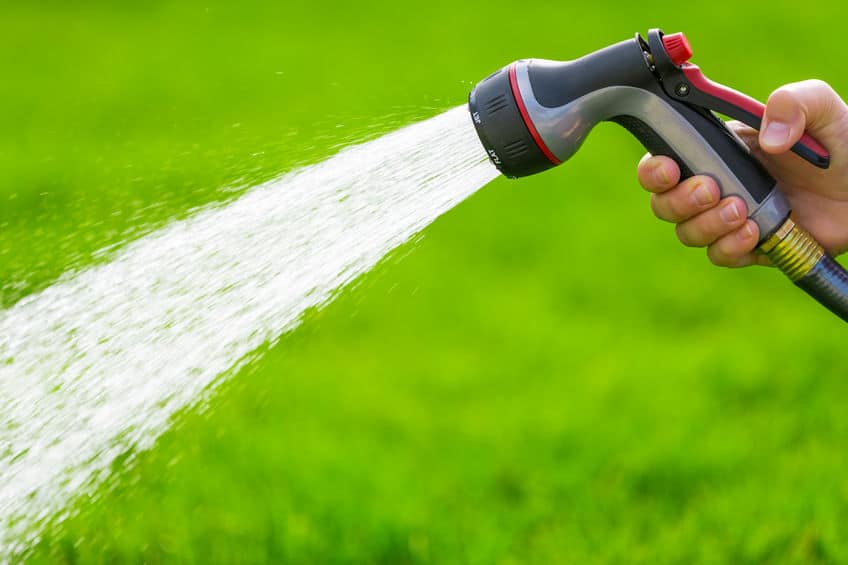We’re helping shrink the education funding gap by donating $213 million in SmartControllers™ to schools all across America. You can help by spreading the message.
Smart Controllers
Smart Rain Foundation
Who We Are
We’re a charity organization focused on making life better through wise water consumption and conservation
Smart Rain for Smart Kids™
We’re donating $213 million to help schools all across the nation save money, passing it on to students and staff
Get Involved
Get involved today and learn how you can help make a difference
Content
Learning Center
Learn how to conserve water, enjoy greener, healthier property, and more
Case Studies
View real-life examples and see how our systems can give you a full ROI within one year
Blog
Tips and tricks from commercial landscaping to facilities management
Videos
Enjoy instructional and educational videos on a wide-range of topics
Support
Contact Us
Be smart. Let us help.
Customer Support
24/7 customer support through dedicated account managers and irrigation experts
90-Day Guarantee
Love it or return it—guaranteed
Weather Reach + Irrisoft
Send us your old Weather Reach or ET Manager controller and we’ll give you one of our SmartControllers™ for FREE!
Company
Smart Irrigation
Property Maintenance
Learn about our easy-to-install smart irrigation technology
Property Managers
Save time. Save water. Save money.
Property Owners
Get a full ROI in your first year while increasing the value of your property
Products + Services
We combine our SmartController™ with three optional sprinkler system add-ons




